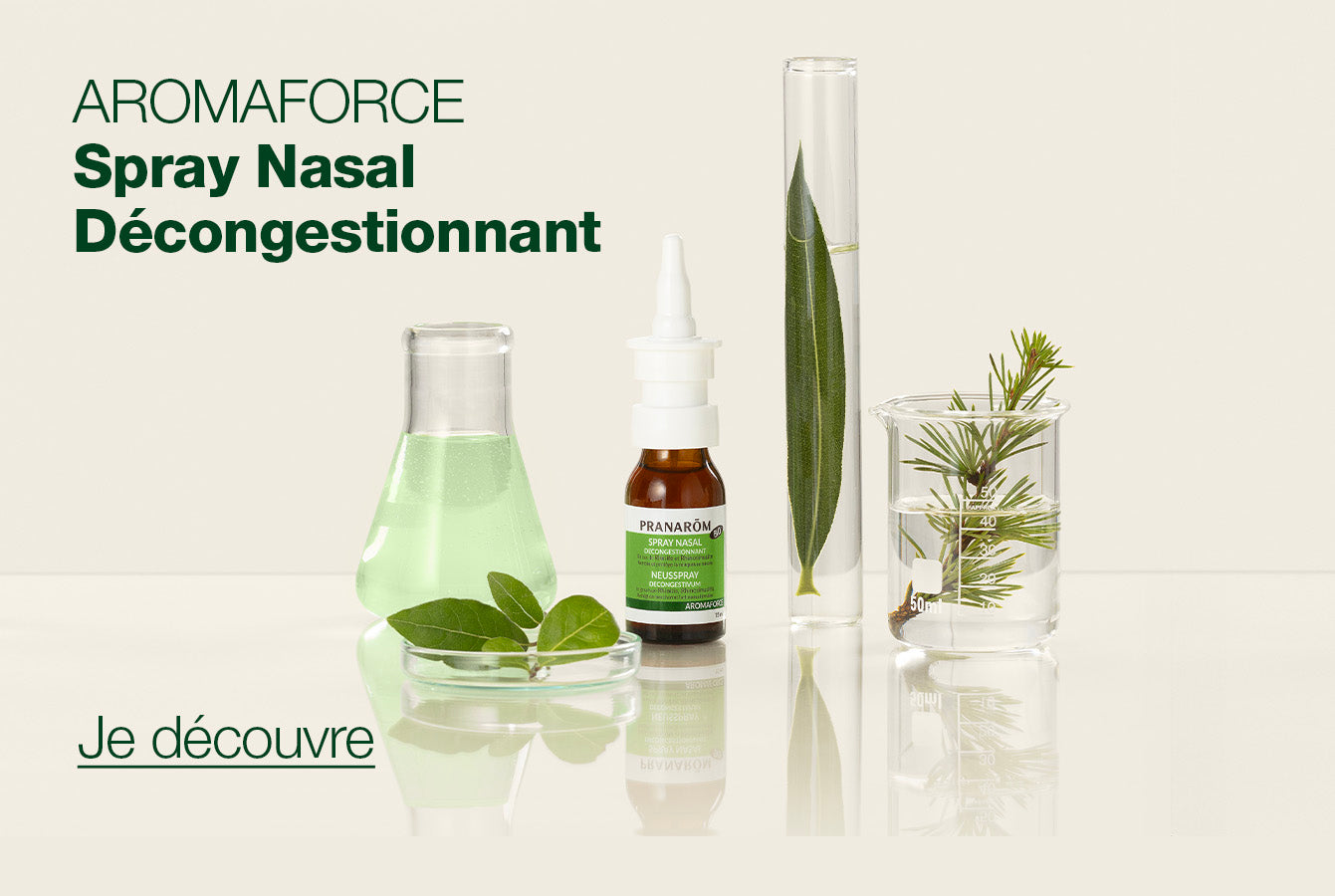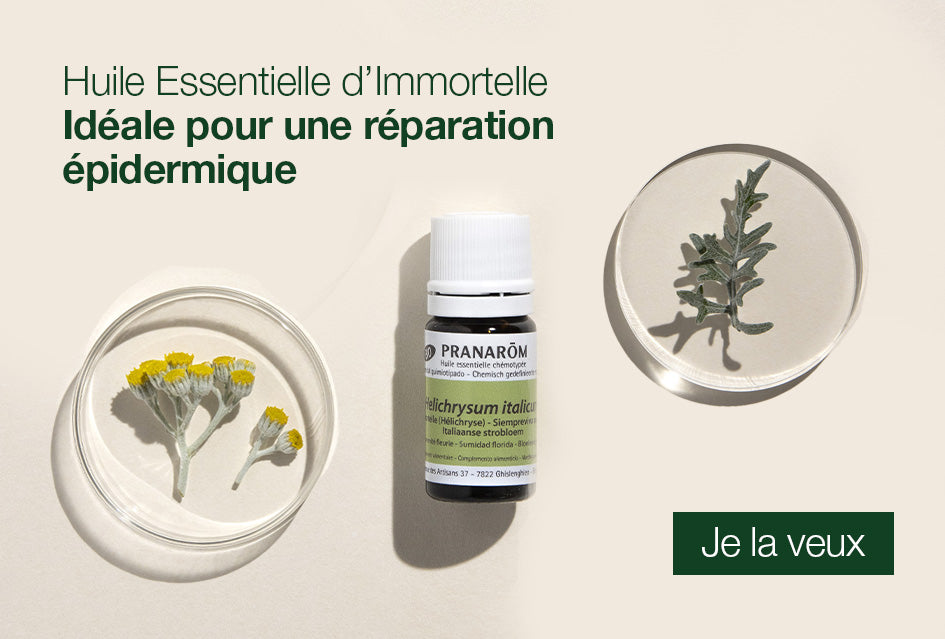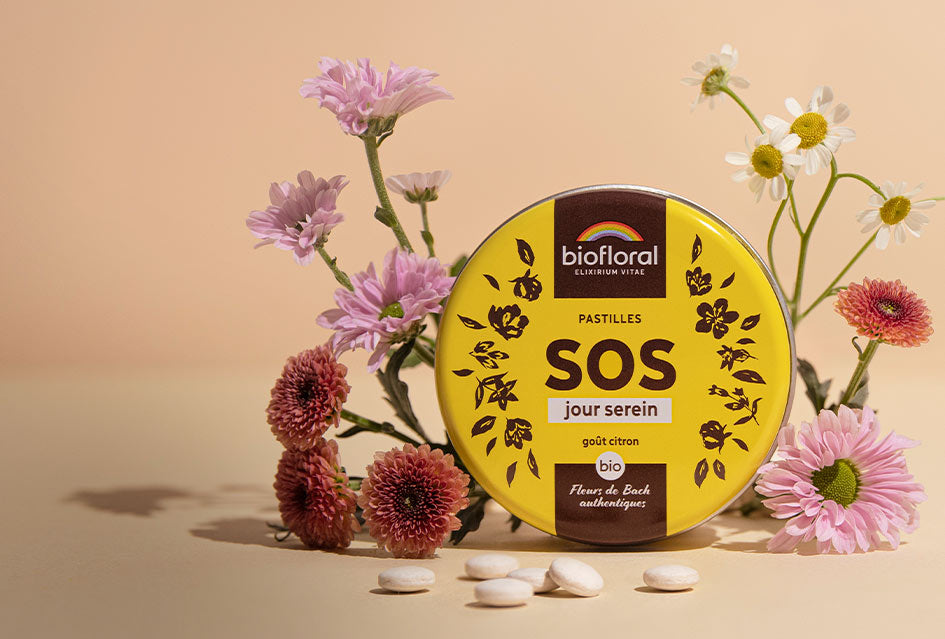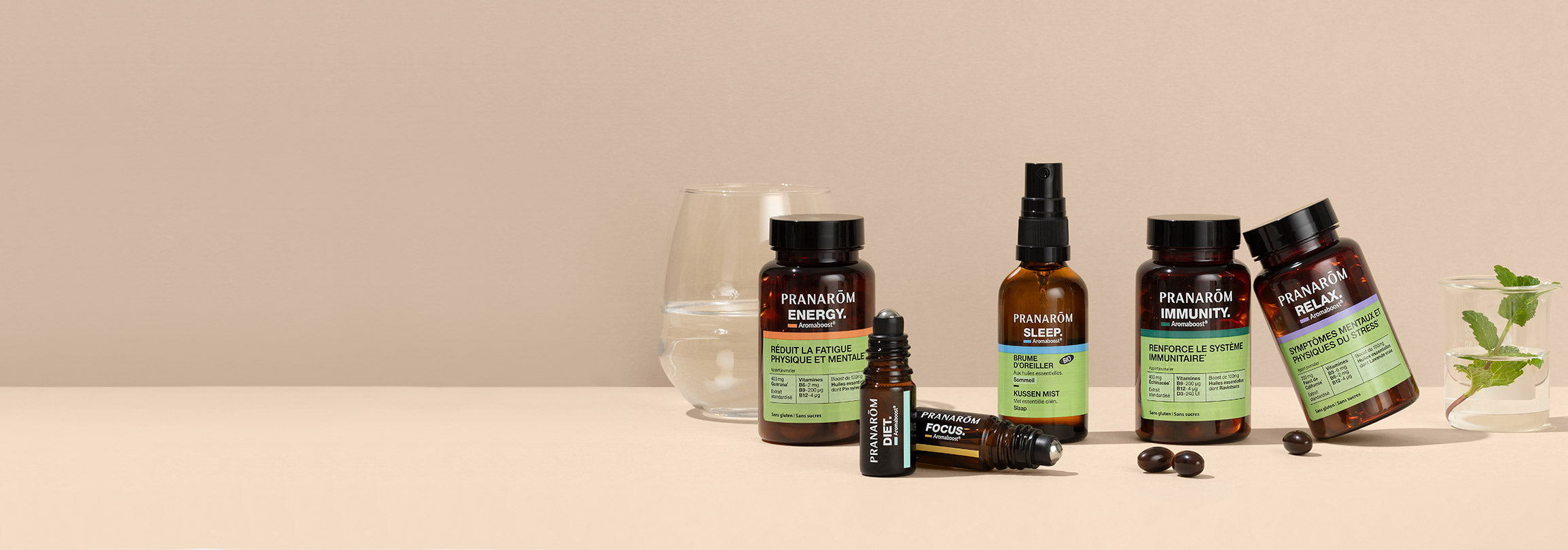This article, intended primarily for nursing staff in palliative care centers or hospitals, invites us to take an interest in essential oils in the context of effective treatment of wounds, particularly at the end of life...
If you are more interested in wound care in the family setting, re-read our other article on wound healing here.
Description of wounds and environment:
Primary or metastatic ulcerative tumors are often accompanied by purulent necrosis with an increasing bad odor. The visible deformation and the emanations of the smell of putrefying flesh become priorities in the arrangement of the patient's living conditions in the final palliative stages.
Necrotic neoplastic ulcerations are often sites of superinfection with anaerobic bacteria such as Bacterioides, Enterobacter or Escherichia coli, especially when the ulcerations communicate with the oral or nasal cavity.
Patients with malodorous tumors are often relegated to single rooms because of the discomfort they impose on other patients through the odor. Current medications and topical treatments have proven inadequate to reduce rotting odor to acceptable levels.
Description of clinical trials:
Based on the multiple potency of essential oils, Warnke et al* conducted clinical therapeutic trials on 30 patients with inoperable squamous cell carcinoma with anaerobic bacteria in six different oncology units; 'Head and neck cancers with malodorous necrotic ulceration'.
The Warnke et al group opted for oral antibiotic therapy accompanied by local treatment with a synergy composed of essential oil with high antibacterial potential and essential oil selected for their pleasant odor.
The mixture consists of: 70 mg of eucalyptus essential oil (the study does not specify which one), 50 mg of Tea tree essential oil, 45 mg of Lemongrass Essential Oil, 45 mg of essential oil of lemon (essence/zest), 7 mg of essential oil of clove leaves, 3 mg of essential oil of thyme (unfortunately we do not specify the chemotype) and a 40% ethanol base.
Results :
These clinical experiments confirmed the antibacterial effect of essential oils but also their anti-inflammatory effect and, to a low degree, re-epithelization of patients' neoplastic facial ulcers. The greatest benefit of this treatment is the improvement in quality of life linked to a reduction in the foul, rotten odors which are associated with neoplastic ulcerations. This allows patients to be monitored under regular medical conditions.
Below are the results of two patients selected for clinical observations:
Case of the first patient:
- On the day of the consultation, the inflammation, purulent excretion and exhalation of putrid flesh emanating from the superinfected fistula were maximal. The edges of the wound were roughened and a cotton drain was introduced intraorally to the external surface.
- After two and a half weeks, pus formation was significantly reduced and the foul odor resolved completely. The fistula appears clean and the deposition of a layer of fibrin marks secondary healing of the fistula. The patient was then able to leave the hospital. Aromatherapy was continued by the wife at home.
- After six weeks of treatment with essential oils, the fistula is closed. This development is not common in neoplastic ulcerations. In the eighth week, the tumor has grown along the route previously taken by the fistula (arrow). Despite this, the new fistulization remained clinically without superinfection and the aggressive odor did not reappear.
Case of the second patient:
- View of the left side of the face of a 49-year-old woman with a large floor of mouth squamous cell carcinoma that has already destroyed the left maxilla. The tumor had invaded the skin, creating numerous ulcerations and suppurative fistulas.
- After three weeks of treatment with the essential oil preparation, part of the fistulas closed. Complete re-epithelization was achieved after four weeks of treatment with the aromatic preparation. Pus production ceased and bacteriological investigations showed no bacterial growth. The smell did not reappear.
As part of supporting patients in palliative care, take an interest in the essential oil diffusers offered by Pranarôm, the synergies of essential oils to diffuse, the customizable massage oils and the Aromaforce sanitizing spray.
References :
- *PH Warnke et al. Antibacterial essential oils in malodorous cancer patients: Clinical observations in 30 patients. Phytomedicine 13 (2006) 463–467











